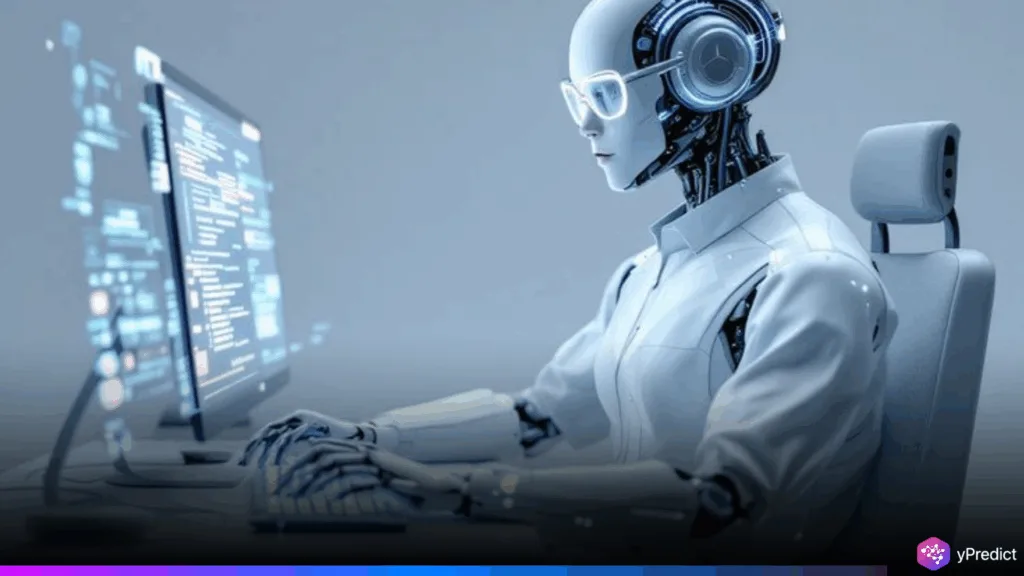
For decades, APIs have acted as the silent workhorses of modern computing, well-defined interfaces that allowed services, apps, and data to plug and play like digital Lego blocks. But as AI agents evolve from passive responders into autonomous collaborators, that tidy world of request and response is being upended.
“Instead of just building endpoints, we’re now designing how AI agents negotiate, recover from failures, and share memory across workflows,” says Coty Rosenblath, CTO of Katalon, a low-code testing platform. This marks a significant shift: developers are moving from building static integrations to orchestrating dynamic, reasoning-based interactions between AI-powered systems.
From APIs to Agent Conversations
Traditional APIs assume centralized control, but autonomous agents act independently, requiring new communication protocols. Sandeep Alur, CTO at Microsoft India Innovation Hub, notes, “The future of software isn’t just about APIs, it’s about orchestrating intelligent agents.”
Emerging standards like Model Context Protocol (MCP) and Agent-to-Agent (A2A) communication are at the heart of this shift. MCP enables models to access external tools and real-time data, while A2A supports collaborative agent workflows with context sharing, state awareness, and secure traceability. These innovations are redefining how distributed AI systems interact and solve complex, multi-step problems.
New Skills for a New Age
While prompt engineering sparked the initial AI wave, its prominence is now giving way to agent orchestration—the emerging must-have skill. This involves coordinating multiple AI agents, managing task delegation, handling failures, and enabling secure, seamless collaboration between systems.
“Prompt engineering is the spark, but agent orchestration is the symphony,” says Santosh Singh of Tata Technologies. To thrive in this new era, engineers must master breaking down complex goals into sub-tasks, building feedback loops, integrating across protocols securely, and thinking systemically. Vishal Chahal of IBM India adds that reliable agent pipelines, small language models, and structured prompt templates are key to success.
Tool Builders vs. Agent Builders
Pavan Gurazada, adjunct faculty at Northwestern University, categorizes the future tech workforce into two key roles: Tool Builders, who develop services using protocols like MCP, and Agent Builders, who design and orchestrate agents to automate complex workflows. This division reflects the growing complexity of AI systems, which now demand both high-level architectural vision and deep protocol expertise.
Sameer Goyal, Engineering Head at Acuity Knowledge Partners, captures the essence of this shift: “Agent orchestration is a confluence of distributed computing, cognitive science, and systems design.” As AI moves beyond isolated models into dynamic, multi-agent ecosystems, these skills will define next-gen engineering.
Conclusion
The software stack is shifting. APIs will still exist, but AI agents and protocols like MCP and A2A are redefining digital integration. The engineer of the future won’t just design software; they’ll orchestrate intelligent conversations among machines.
Those who embrace agent thinking, systemic design, and multi-agent coordination today will be the architects of tomorrow’s most intelligent systems.






